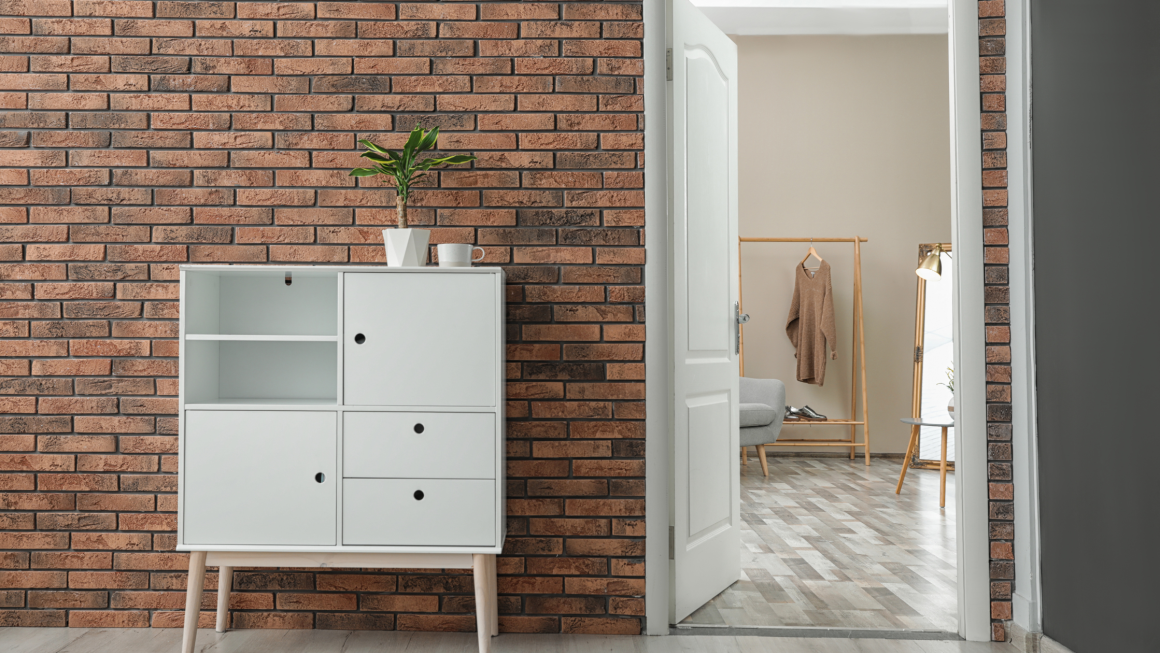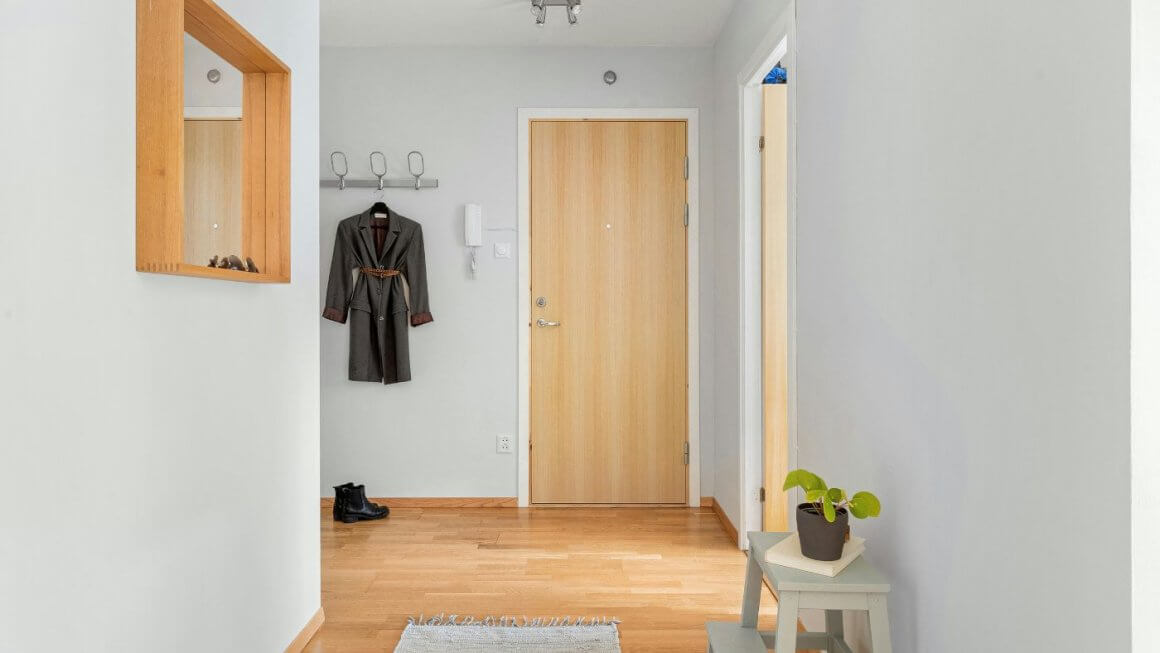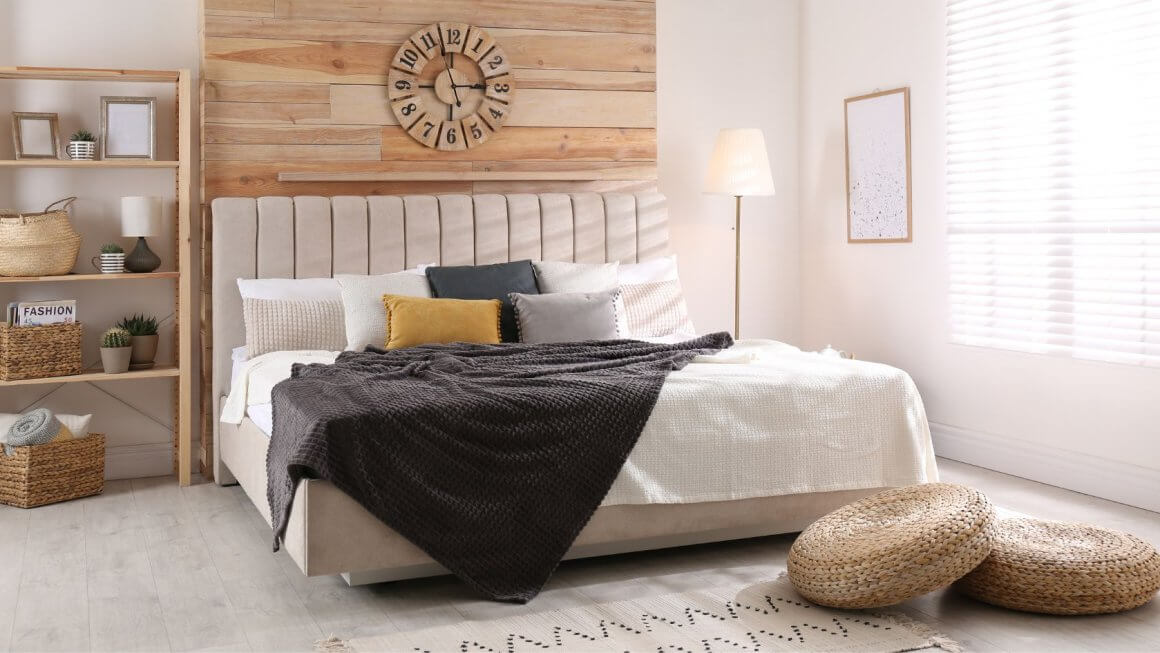Does your door rub against the frame, or leave a gaping hole on one side? In most cases, a simple door hinge adjustment can get your door swinging smoothly again. Grab your Phillips screwdriver and Allen key and learn how to tackle troublesome hinges. The ultimate solution to ensure the continued smooth operation of your doors.
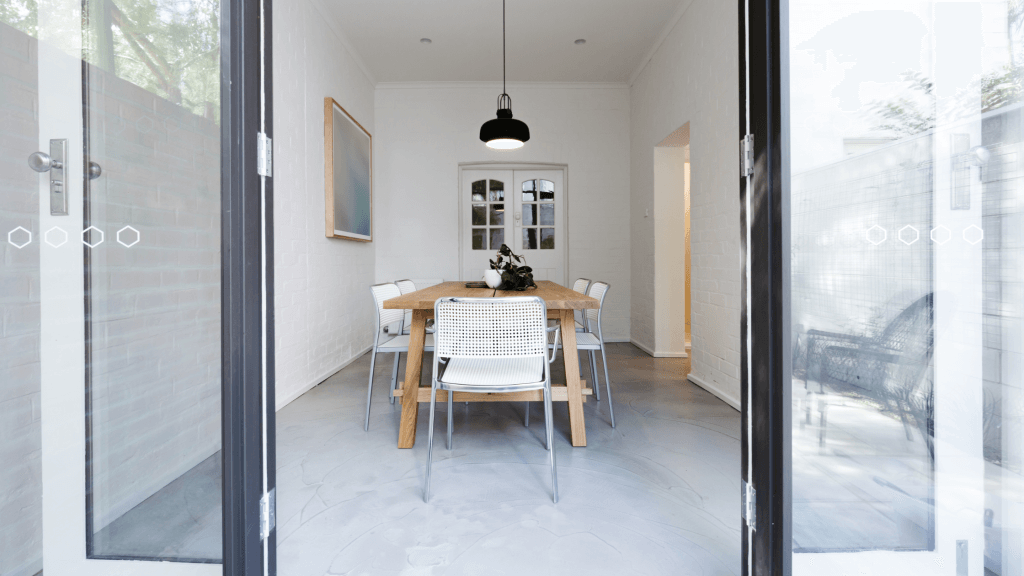
First, Can You Adjust Hinges on a Door?
Yes, in most cases you can adjust hinges on a door. But you may not need to if you find out how to install door hinges correctly in the first place. Hinges typically have built-in mechanisms to address common door alignment issues. Here’s a quick breakdown:
Height adjustment
Many hinges, especially on uPVC doors, have an Allen key screw at the top for raising or lowering the door.
Horizontal adjustment
Some hinges have a screw on the side for moving the door in or out from the frame.
Gap issues
If the door needs significant movement but lacks built-in adjusters, you can “pack out” the hinge with thin shims.
Check the door alignment after each turn and take things slow. This helps to avoid over-adjusting and causing further problems. Unsure about any part of the process? Consult a professional joiner.
Diagnosing the Problem with Your Doors
Door rubbing on the hinge side
This means the door needs to be lifted or moved away from the hinges.
Door rubbing on the strike side (opposite the hinges)
The door needs to be lowered or moved closer to the hinges.
Gap at the top hinge side
The door needs to be packed out at the top hinge.
Gap at the bottom hinge side
The door needs to be packed out at the bottom hinge.
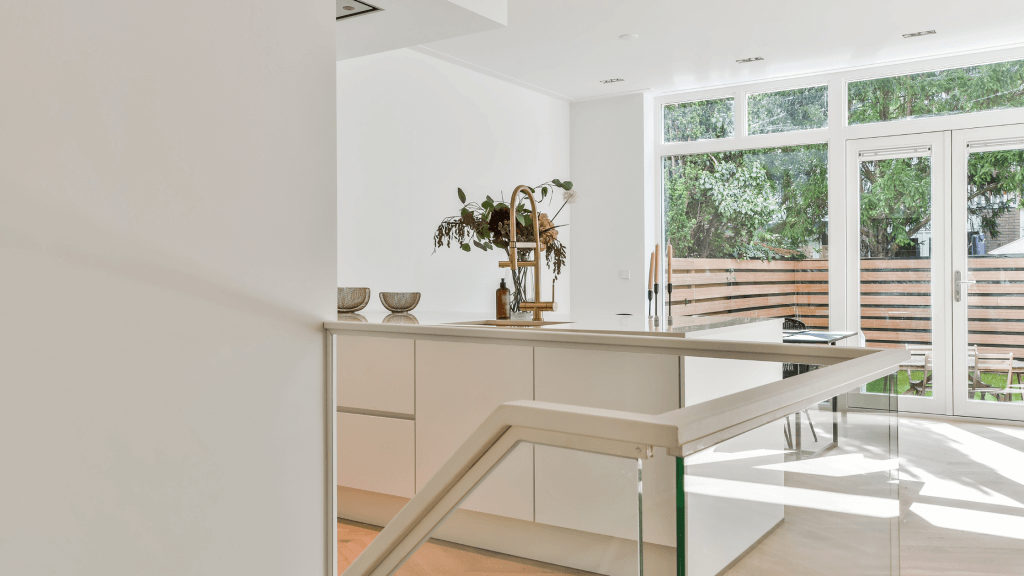
How to Adjust Door Height
Many hinges, particularly those on uPVC doors, have built-in adjustment for height. Look for an Allen key screw at the top of the hinge, possibly under a cap.
Door too low
Turn clockwise to raise the door (hinge moves away from the door).
Door too high
Turn anticlockwise to lower the door (hinge moves closer to the door).
Moving the Door In or Out
For some hinges, there might be a screw on the side of the hinge that allows for horizontal adjustment. This is trickier, so loosen slightly and adjust in small increments, checking the door alignment after each turn.
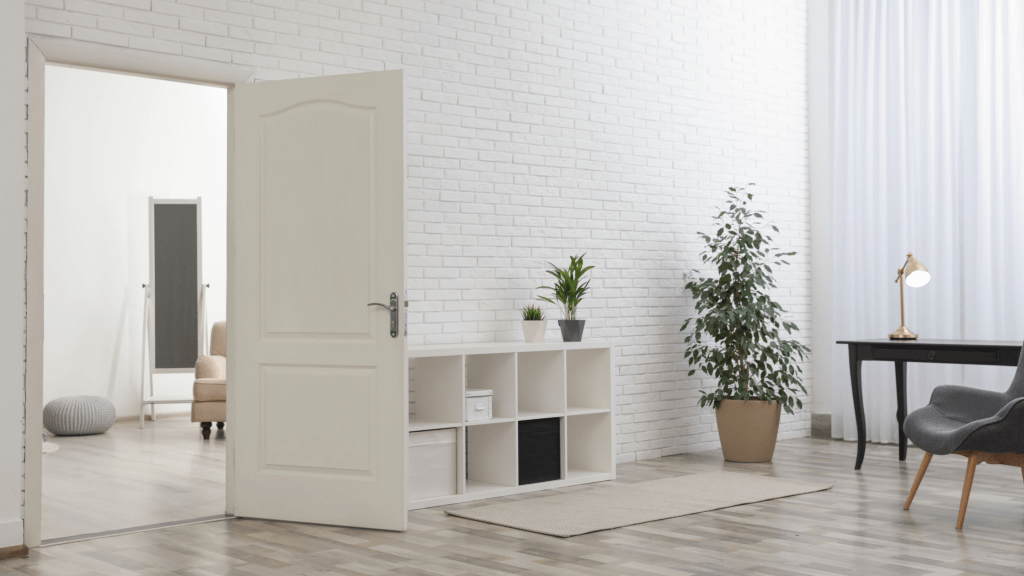
How Do you Pack Out a Door Hinge?
If the door needs significant movement but lacks built-in adjusters, you can “pack out” the hinge with thin material.
Loosen the hinge screws one at a time.
Slide a thin piece of cardboard (or similar) between the hinge and the door frame.
Retighten the screws and check the door alignment.
Repeat with additional cardboard if needed.
How to Adjust Hinges on A Composite Door
Adjusting composite door hinges is similar to standard doors, but often uses an Allen key for finer control.
Look for adjustment screws under caps at the top and bottom of the hinge. Turning the screw at the bottom clockwise lifts the door, while turning it anticlockwise lowers it. There might also be a side screw for horizontal adjustment.
Make small adjustments with the Allen key and check alignment after each turn. Remember, taking your time with gradual adjustments is key to achieving a perfectly aligned and swinging composite door.
Door hinge adjustment is just one key element of creating a safer-feeling space. Learn more ways to improve front door security in our must-read article.

How to Adjust Hinges on Bifold Doors
Keeping your bifold doors gliding smoothly often involves adjusting the hinges.
Look for the culprit – a dragging door likely needs a height adjustment. Locate the hinge adjustment point, usually an Allen key screw at the top hinge or a bolt on the hinge itself. Turning the screw clockwise raises the door, while counter-clockwise lowers it.
For hinge bolts, extend it to raise and push it in to lower. The key to achieving perfectly aligned and smoothly operating bifold doors is to continually check alignment as you make small adjustments.
How to Adjust Hinges on uPVC Doors
Fixing misaligned uPVC doors that are dragging often involves adjusting the hinges. These hinges typically offer vertical and sometimes horizontal adjustments.
Locate the Allen key screw, possibly under a cap, at the top of the hinge. Turning it clockwise lifts the door (ideal if it rubs on the bottom), while turning counter-clockwise lowers it.
For horizontal movement (useful if there’s a gap on one side), some hinges have a screw on the side that requires slight loosening and then careful adjustment in small increments with an Allen key.
Tiny, gradual adjustments and checking the door alignment after each turn is key to achieving a perfectly positioned uPVC door.
Boost home security and learn how to change a lock on a uPVC door using tips from this complementary article which includes video tutorials.
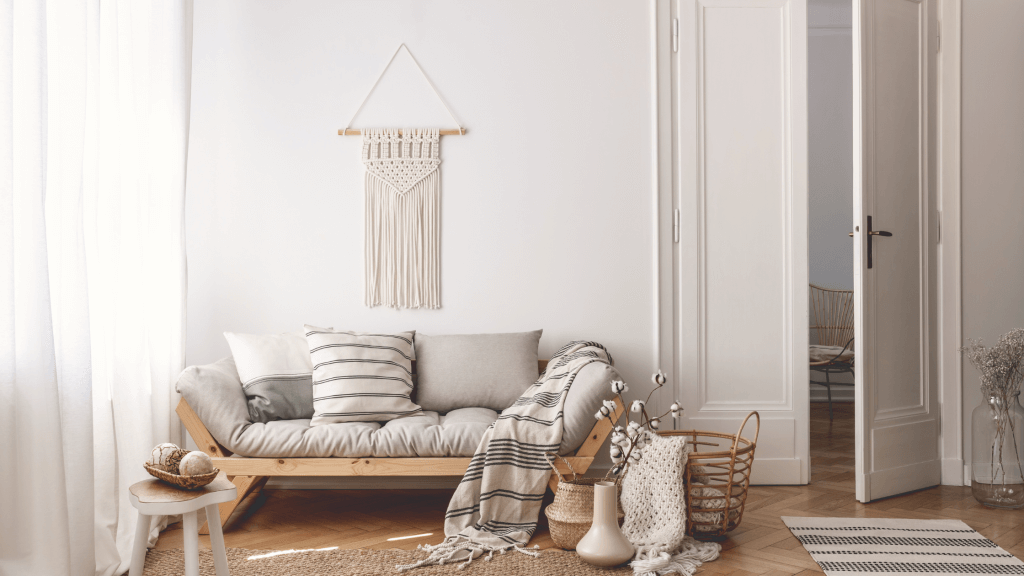
How Do You Adjust a Swinging Door Hinge?
For a door swinging shut too easily, focus on the top hinge.
Tightening the top hinge screws can lift the door slightly, creating a greater friction point at the top and preventing the unwanted swing shut.
If the door swings open too freely and won’t stay shut, loosen the top hinge screws a touch, or even adjust the side hinge (if present) to bring the door closer to the frame.
How to Even Out Door Hinges
Achieving even gaps around your door hinges requires focusing on the hinge side.
If the gap is larger at the top, loosen the top hinge screws and insert a thin shim, like cardboard, behind the hinge. This lifts the hinge side slightly.
For a larger gap at the bottom hinge, use shims on the bottom hinge. Tighten all screws securely after each shim placement and check the door’s alignment.
Repeat the process with minimal adjustments until the gaps on the hinge side are even.
How to Fix Loose Door Hinges
A wobbly door often points to loose hinge screws. Start by grabbing a Phillips screwdriver. Tighten each screw firmly, but be cautious not to over-exert and strip the screw head. If the screws remain loose, the holes themselves might be worn.
You have a couple of options. For a quick fix, try applying superglue to the threads of the screw before screwing it back in. A more permanent solution involves filling the enlarged holes. You can drill them out slightly wider and insert wooden dowels dipped in wood glue. After the glue dries, drill pilot holes for the screws and reattach the hinge.
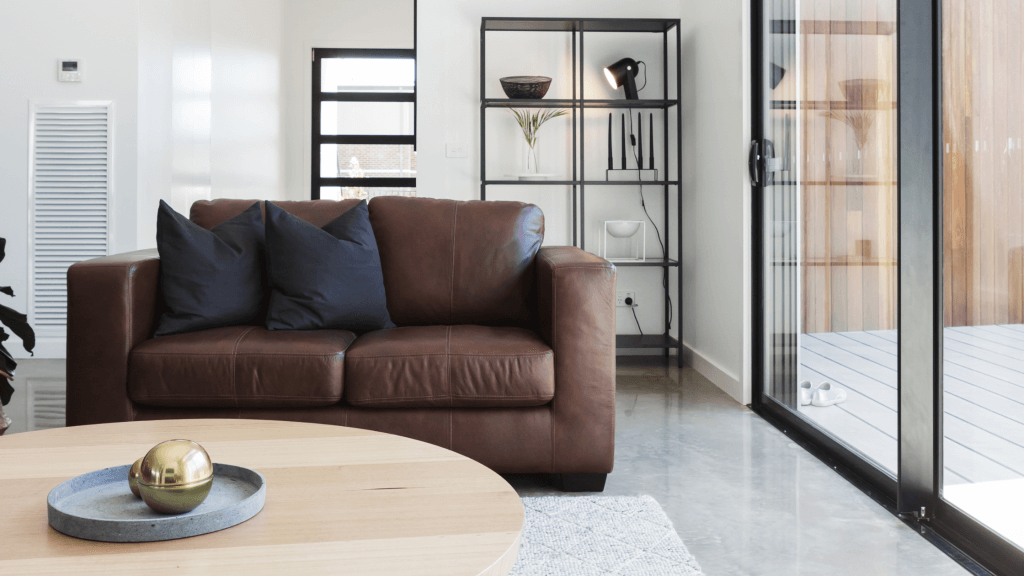
Why This All Matters
There are several reasons why adjusting door hinges is important:
Smooth operation
Well-adjusted hinges ensure your door swings smoothly and closes properly. This prevents scraping, sticking, and frustration.
Home Security
A door that doesn’t fit snugly in the frame can create gaps that compromise security. Proper hinge adjustment keeps your home safe.
Energy efficiency
Draughty doors can waste energy on heating and cooling. A well-adjusted door creates a tight seal, reducing drafts and saving you money.
Preserving the door and frame
A misaligned door can put stress on the hinges, screws, and frame over time. Adjusting the hinges prevents this wear and tear, extending the lifespan of your door.
Noise reduction
A loose or misaligned door can rattle or bang when closed. Proper hinge adjustment keeps things quiet.
In short, taking the time to adjust your door hinges can lead to a quieter, more secure, and energy-efficient home. Nice.
Learn How to Adjust Door Hinges And Boost Functionality
Get your door swinging smoothly again in no time with these essential door hinge adjustment tips.
Try to install door hinges correctly the first time around to avoid any potential issues. And above all, remember the key points: Make small adjustments and check the door after each turn, don’t over-tighten the screws (you can damage the hinge or door frame) and get advice from a professional if you need it.
Solve more common door problems using our must-read guide and learn how to fix a sticking door by reading our dedicated article.



